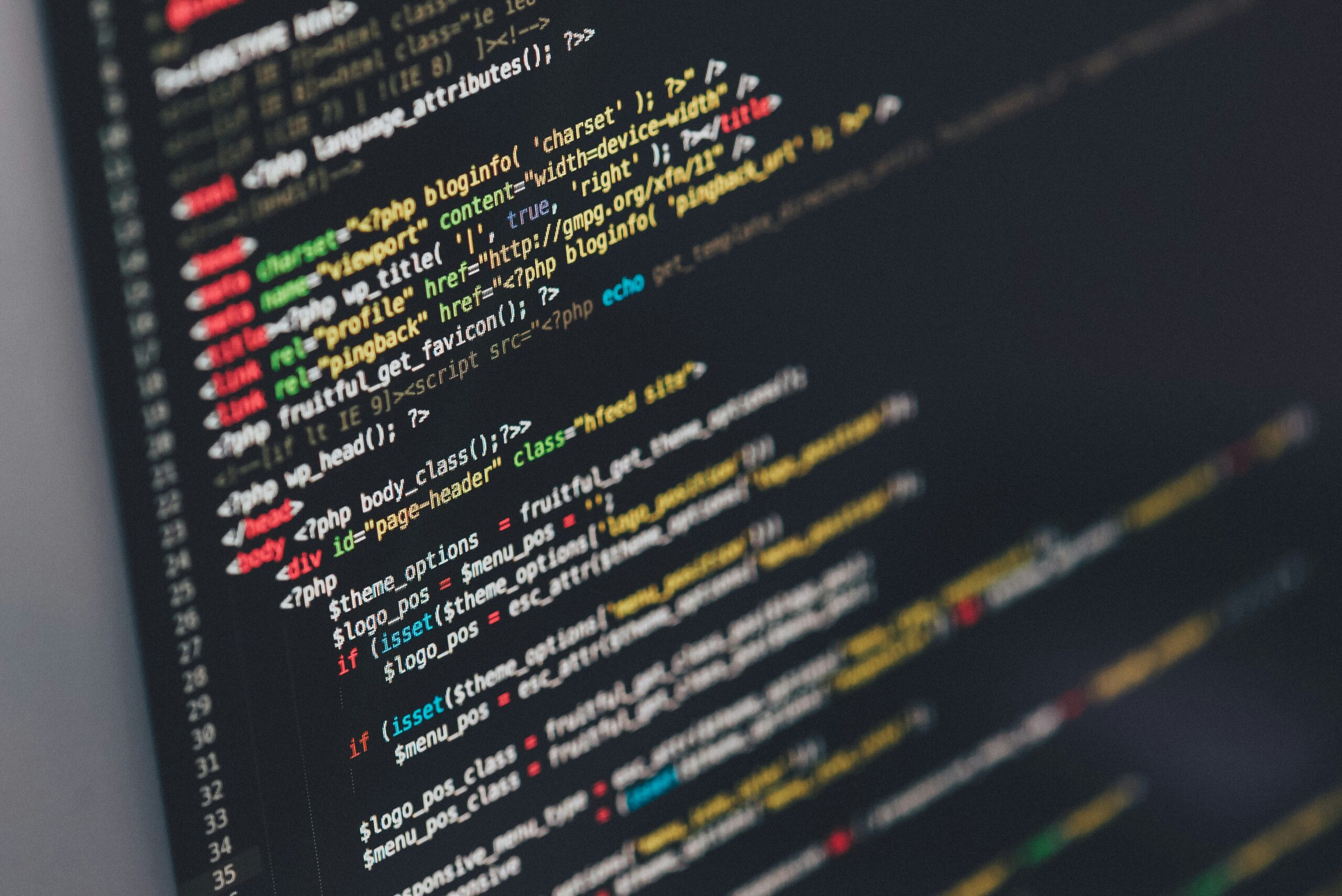What Is Artificial intelligence (AI)? / How To Create Artificial intelligence
A well-defined set of processes must be followed in order to create an artificial intelligence system, from identifying the issue area to implementing the artificial intelligence model. With an emphasis on the crucial steps in the process, this book seeks to offer a comprehensive road map for creating an artificial intelligence system.
The Genesis of an Idea
The idea for an artificial intelligence (AI) starts with a burning curiosity, an intriguing query, or a pressing issue that demands attention. There is a sense of limitless opportunity and exhilaration surrounding this first step. You may be motivated by the goal to improve human-computer interaction, transform healthcare, or perhaps automate tedious jobs to relieve mankind of drudgery. Whatever your source of inspiration, this stage is defined by a seductive fusion of ambition and hope.
Laying the Foundations
Here Some Steps To Manufacture Your artificial intelligence :⬇
1 ) Recognizing the Issue Domain
It’s important to comprehend the problem you’re trying to tackle before getting too technical with artificial intelligence create. This includes:
- Determining the Issue: Give the problem statement a clear definition. Are you building an artificial intelligence, for example, to identify speech, forecast stock prices, or suggest products?
- Establishing Goals: Choose the outcomes you want the artificial intelligence will accomplish. Goals have to be time-bound, relevant, measurable, attainable, and specified (SMART).

2 ) Information Collecting
The foundation of every artificial intelligence system is data. The amount and caliber of data have a big impact on how well the artificial intelligence model works.
- Data Types: Data can be semi-structured (JSON files), unstructured (text, photos), or structured (databases). This depends on the nature of the problem.
- Data sources: Information may be gathered from a number of sources, including sensors, web scraping, APIs, and pre-existing databases.
- Data Quality: Verify that the information is true, comprehensive, and appropriate for the issue domain. It is crucial to clean the data to get rid of mistakes, duplicates, and outliers.
Here Is An Artificial Intelligence Code Editor For Free To Use , Solving And Creating Codes For You Link Is Here : ⬇
3 ) Data Preprocessing
To prepare the raw data for training the artificial intelligence model, it must be preprocessed once it is obtained.
- Data cleaning involves handling missing values, removing or correcting incorrect data points, and, if needed, normalizing the data.
- Transform data into a format that is appropriate for the model. This might entail turning text into vectors, scaling numerical characteristics, or encoding categorical variables.
- Divide the dataset into test, validation, and training sets. This is known as data splitting. Usually, training uses 70–80% of the data, validation uses 10-15%, and testing uses 10-15%.
4 ) Selecting the Proper Algorithm
The kind of problem you’re trying to solve determines the algorithm to use:
- For issues involving input-output pairs in the data (such as regression and classification), supervised learning is recommended.
- Unsupervised Learning: For tasks (such as clustering and dimensionality reduction) where the data lacks labeled outputs.
- Reinforcement Learning: For tasks (like playing games or controlling robots) where the artificial intelligence picks up knowledge by interaction with the outside world.
Neural networks, support vector machines, decision trees, k-means clustering, and linear regression are a few common techniques.
5 ) Model Training:
In order to train a model, input the preprocessed data into the selected algorithm and let it discover patterns.
- Selecting a Structure: To implement and train your model, use artificial intelligence frameworks such as scikit-learn, PyTorch, or TensorFlow.
- Hyperparameter tuning: To enhance model performance, modify hyperparameters (such as learning rate and batch size). Methods that can be used include random or grid search.
- Metrics for Evaluation: Select the right measures to assess the model’s effectiveness. Metrics like recall, accuracy, precision, F1 score, mean squared error, etc. are common.
6 ) Testing and Validation of Models
Validate and test the model after try to make sure it works properly with unknown data.
- Validation: To adjust hyperparameters and avoid overfitting, use the validation set.
- Testing: To obtain an objective assessment of the finished model’s performance, evaluate it on the test set.

7 ) Model Implementation
The model is prepared for deployment when it has been trained and verified.
- Deployment Options: Models can be placed at the edge (such as on Internet of Things devices), in the cloud, or on-premises.
- Integration: Include the artificial intelligence model in the current system’s integration. This might entil developing user interfaces, constructing APIs, or establishing connections with other systems.
- Monitoring: To keep the model accurate and relevant, keep a close eye on how well it performs in the actual world and retred it as needed.
8 ) Ethics in Practice and Adherence
Regulation adherence and ethical considerations are crucial while developing and utilizing artificial intelligence.
- Fairness and Bias: Make sure the artificial intelligence model does not reinforce or magnify any biases that are already present in the data.
- Privacy: Adhere to laws like the CCPA and GDPR to safeguard users’ personal information.
- Transparency: Provide users with an explanation of the artificial intelligence’s decision-making process.


Leave a Reply